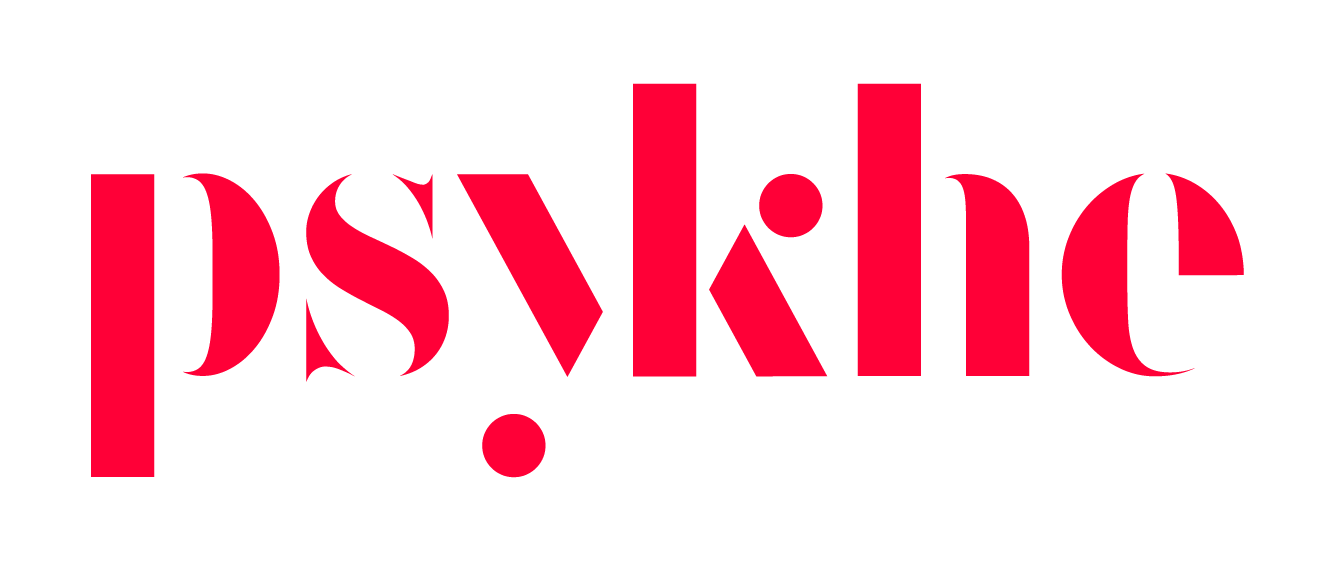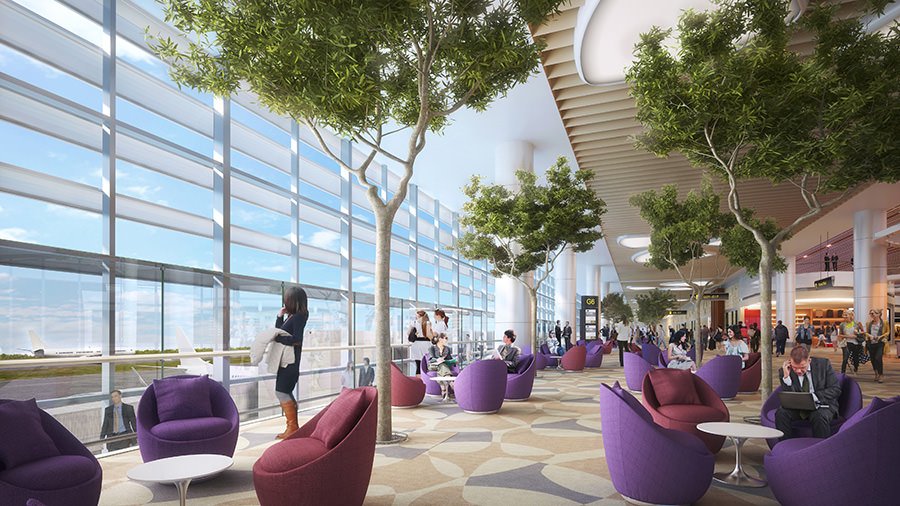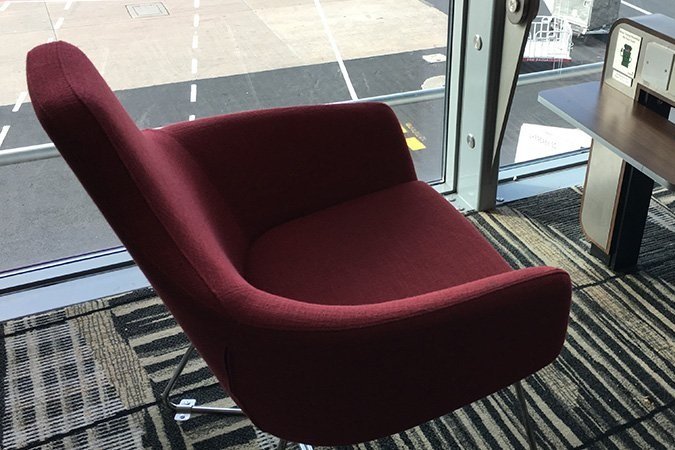5 principles of design illustrated through the Changi Airport traveller experience
Good Design is beautiful, purposeful, inclusive, efficient and scalable.
Written by Hema Thiagarajah
It’s an incredibly exciting time to be a designer. Products, services, and environments are converging in new ways to anticipate the needs of the customer of today. The lines between physical and online are blurring.
At a recent panel discussion on Designing for Asia organised by SPECTRUM, I had the opportunity to discuss the evolution of design in Asia and the principles of good design.
As designers in a dynamic, converging, evolving world, we believe there are 5 principles that become foundational to the design of things - be it products, interfaces, services or environments.
These principles are universal, and I’ve chosen to illustrate it through a real-world physical experience - the Changi Airport traveller experience that most of us have come to know and love.
Good design is Beautiful
And there is no debate that Changi airport a beautiful space. With indoor gardens, kinetic rain, Peranakan shophouses, waterfalls - it is a feast for the eyes, but good design doesn’t stop there.
Good Design is Purposeful
Beyond the aesthetics, good design is thoughtful and intentional. Successful designs are a product of conscious, deliberate decision making that purposefully drives towards physical, emotional, functional, organisational, human goals.
If you look around Changi airport, nothing is arbitrary. Every element – from the pretty indoor plants to placement of chairs - is purposefully designed and carefully thought through.
Chairs are always placed in clusters such that they move traffic from the main walkways of the airport. Chairs in public areas are always designed with armrests between to deter people from lying across the whole row.
At designated rest areas though, chairs are entirely different – with a mix of large clusters designed for families and large groups, and separate clusters with single chairs for travellers seeking solitude.
As designers, I think we can do more to be purposeful and deliberate about our design. Whether it’s the placement of buttons on a mobile app, or the affordance of our coffee mugs, nothing should be arbitrary.
Good Design is Inclusive
Inclusive design enables people with diverse characteristics to use your product in a variety of different environments. Inclusive design goes slightly beyond accessible design in that it calls for consideration of the ‘extremes’ in your user groups and their context of use. It is particularly relevant in Asia - where you have wildly varying languages, literacy levels, cultural nuances, internet speeds and disposable incomes – inclusive design ensures that experiences cater to the diversity of needs.
Changi airport doesn’t just cater to the frequent traveller but is designed around those that are less accustomed to travelling by air. Ever wondered why the airport is heavily carpeted? The chorus of rushed footsteps and luggage wheels being dragged across the cold hard floors can stress, overwhelm and increase the anxiety levels for some. Those beautiful, lush indoor plants have a purpose too – to help soothe and reduce the anxiety of the non-frequent traveller.
Good Design is Efficient
In an increasingly smart, digital, connected world, performance is the experience. Speed is a big consideration when it comes to designing experiences, and we often do really well in designing for ‘happy paths’ – the ideal, perfect journeys. But we need to take into consideration the ‘less happy paths’, and gracefully improve the experience.
As you exit a washroom at the Changi Airport, you’d typically see a touchscreen requesting you to rate the cleanliness of the space. This isn’t just a rating system - it’s one that actions instantly. Called IFS, the Instant Feedback System dispatches a message to the cleaning supervisor’s smartphone in real time.
Good Design is Scalable
The objective of most products, services, and organisations is growth, and design needs to go beyond working in the current context, to anticipate growth, scale and evolve for the future.
Whether it is a product or interface or an interior that we are designing, a key part of the design process is to ask questions like
What would this look like 3 years from now?
How could this support other use cases, if this is successful?
How would this evolve, with people’s behaviours?
Changi Airport is a master study in scaleable design. Built in 1977, the airport has continuously, iteratively predicted, proactively extended and built new terminals while refurbishing its aging terminals over the next 40 years, with close to no impact to travellers
Terminal 1 commenced operations in 1981. By 1986 it was serving 10 million passengers, and began expansion plans for Terminal 2.
By the year 2000, construction fo Terminal 3 began
By 2010, 40 million passengers were coming through Changi Airport
By 2019, Changi Airport was serving 63 million passengers, with a flight coming in every 80 seconds.
Changi Airport has just embarked on plans to build Terminal 5, which will be able to handle 50 million passengers a year, and take the airport’s capacity to 135 million passengers a year by the year 2030.
As designers, I think we have a lot to learn from the world’s best airport - regardless of whether you are a business designer, service designer or visual designer - they just need to be framed within the context of the problem an environment.
Beautiful, Purposeful, Inclusive, Efficient, Scaleable.
At PSYKHE, we use these principles as our mantra across all our work, regardless of the medium or channel we are designing for.







